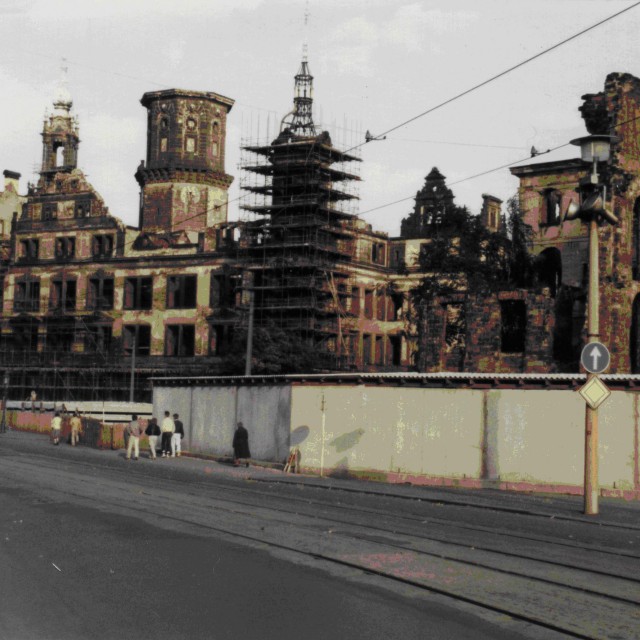Walking a straight path by taking many detours
The communist regime in East Germany, also called the German Democratic Republic, heavily influenced the lives of its citizens. The careers of young high-school graduates were predetermined and planned by the state. As a result, Lutz Porombka, a young and promising graduate with good grades was ordained to study medicine. However, this was not the wish of the young man, who was much more keen on taking on the career of an electrical engineer. After the obligatory military service that lasted for 1.5 years, Lutz Porombka strove to earn a place at the Technical University in Dresden in the field of electrical engineering and after being rejected at first, eventually managed to succeed. After graduation, Lutz Porombka received a doctorate from the Dresden University. His instructing professor fled to West Germany after a stay in California. This aroused curiosity in the doctoral candidate and made him consider escaping to the West as well. However, he decided to stay in Dresden with his wife. In 1985, Lutz Porombka completed his doctoral studies and returned to his home in East Berlin.
Hodnocení
Hodnotilo 0 lidí
Routes
Not a part of any route.
Comments
No comments yet.



